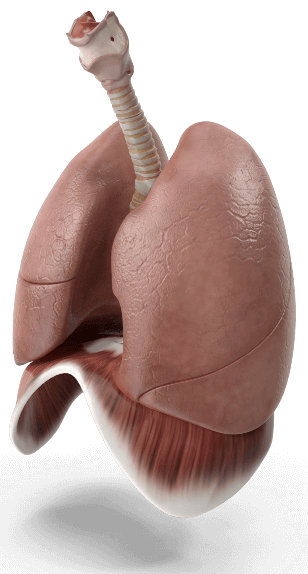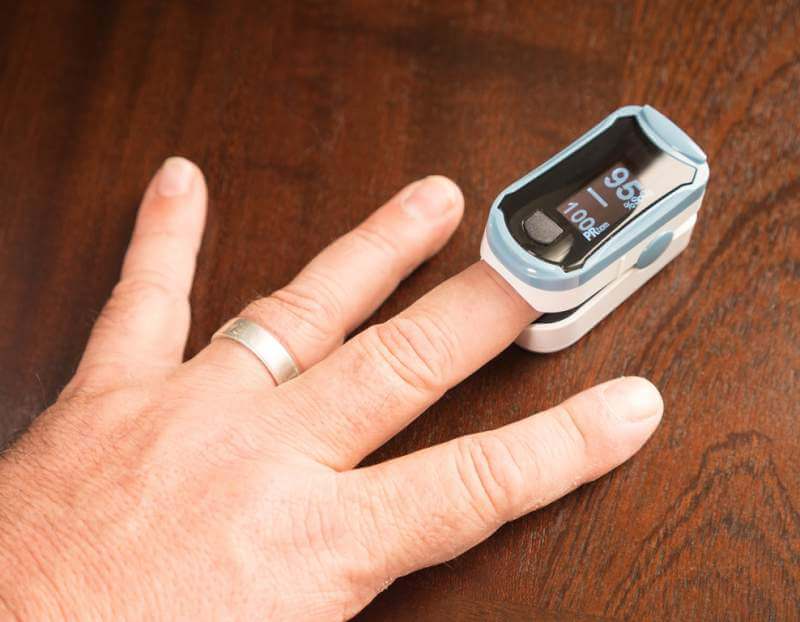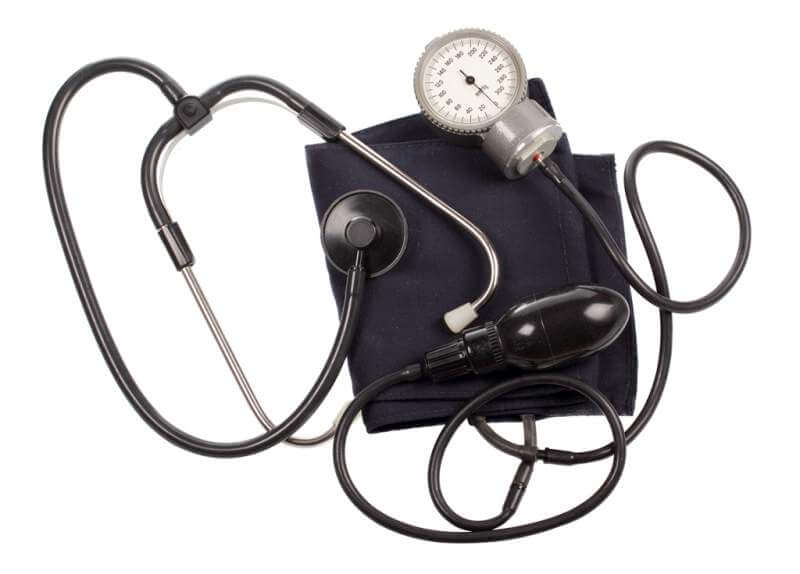One way of staying healthy is to constantly keep tabs on your health, particularly to check your vital signs every now and then. These signs are not merely just numbers, but health indicators that determine how well your basic body functions are doing.

While routine checks with your doctor at least once or twice a year is recommended, it is always best to maintain a healthy lifestyle and to stay on top of your health. Make sure to know what your vital signs mean and how to keep them under the normal range.
Respiratory rate

The respiratory rate is measured by counting the number of respirations in a single minute. Normally, an adult breathes about 12 to 20 times per minute, although normal levels may differ from every patient. For instance, a person with a resting respiratory rate of 10 per minute, yet does not display any sign of respiratory distress and is alert and oriented, may be considered within normal levels.
On the other hand, elderly patients usually have higher respiratory rates, ranging up to 20 to 22 per minute, and do not necessarily indicate abnormal values.
In certain cases such as a tachypnea or an increase in respiratory rate, patients may be measured for blood oxygen saturation levels through a pulse oximeter reading.
Luckily, you can now secure finger pulse oximeters to measure and collect SpO2 levels. Such devices can either be used at home or in clinical settings, although Welch Allyn SpO2 sensors may be used in most healthcare facilities.
Pulse rate

Also known as the heart rate, the pulse rate is the number of times the heart beats per minute. A healthy pulse rate for adults falls between 60 to 100 beats per minute. Regularly keeping track of your heart rate can be very useful in people who are monitoring their fitness level. Doing so may even help detect an impending heart problem.
There are many factors that affect one’s pulse rate, as levels may even vary from person to person. For instance, a more physically fit person may have a slower heart rate as compared to a less physical one, as their heart is able to work more efficiently.
However, when a heart rate is consistently irregular, too high, or too low, there could be an underlying problem. In such cases, it is best to talk to your doctor about it.
Blood pressure

Hypertension, or high blood pressure, can reach life-threatening levels when it is not controlled immediately. When a person has high blood pressure, there is extra pressure on the arteries and the heart, which can weaken the arteries and eventually make them inflexible. With thick arteries, severe clogs can be expected, which could lead to strokes, heart attacks and even dementia.
With this, it is important to measure one’s blood pressure on a regular basis. Normal blood pressure levels fall between 90/60 mmHg to 120/80 mmHg. A reading beyond that may indicate hypertension. Good thing blood pressure monitoring can be conveniently done at home through the use of a sphygmomanometer or a portable blood pressure monitor.
By religiously monitoring and keeping a record of your blood pressure levels, your healthcare providers are better guided with how well your treatments and medications are working, giving them the chance to adjust medical interventions when need be.
If you want to better take control of your health, it’s best not to solely rely on your doctor’s consultations. When it comes to your health, taking initiative in constantly monitoring it and making better choices in your lifestyle is your best way to go.
